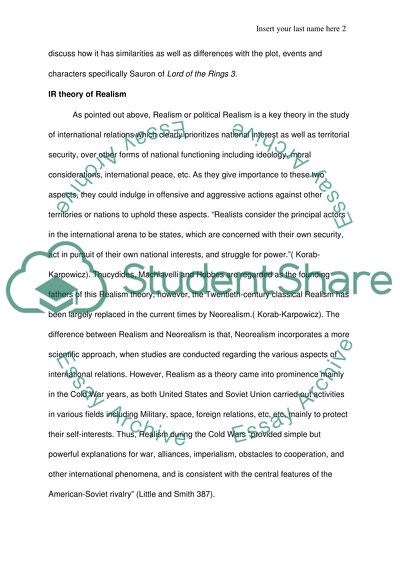Cite this document
(“Lord of the Ring 3 and IR Theory Realism Research Paper”, n.d.)
Retrieved from https://studentshare.org/history/1393010-lord-of-the-ring-3-and-ir-theory-realism
Retrieved from https://studentshare.org/history/1393010-lord-of-the-ring-3-and-ir-theory-realism
(Lord of the Ring 3 and IR Theory Realism Research Paper)
https://studentshare.org/history/1393010-lord-of-the-ring-3-and-ir-theory-realism.
https://studentshare.org/history/1393010-lord-of-the-ring-3-and-ir-theory-realism.
“Lord of the Ring 3 and IR Theory Realism Research Paper”, n.d. https://studentshare.org/history/1393010-lord-of-the-ring-3-and-ir-theory-realism.


